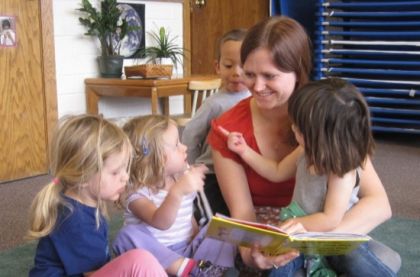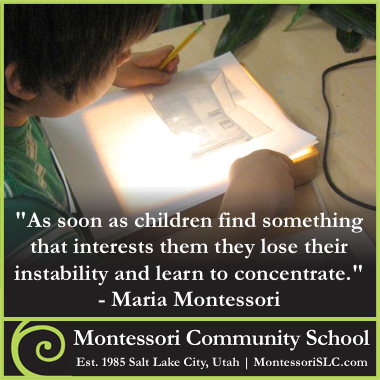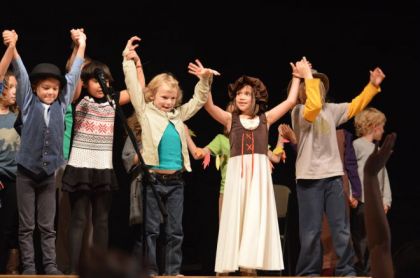Letter from the Montessori Education Foundation (MEF)
“I do not believe there is a method better than Montessori for making children sensitive to the beauties of the world and awakening their curiosity regarding the secrets of life.”
Gabriel Garcia Marquez
Author, Poet, Nobel Laureate, Montessori Student

| Dear Montessori Community School:
The Montessori Foundation works tirelessly to promote the idea that education should be joyful, not a race to nowhere. The proof can be seen in Montessori classrooms, and in our Montessori graduates. Their success and satisfaction in their lives speaks volumes.
Since 1992, The Montessori Foundation has worked tirelessly to…
Every year the Montessori Foundation participates in the 24-Hour Giving Partner Challenge.
We only have one hour to go in this year’s 24 Hour Giving Challenge. Families and friends around the world are lending their support to the schools, museums, theaters, and other organizations that have meant so much in their lives.
We need your help. Please join me in making an enthusiastic donation to The Montessori Foundation.
Your contribution will support:
Invite your friends, family, colleagues and co-workers to contribute $25 or more to the Giving Challenge. Donating to the Challenge is quick, simple, and makes a real impact.
Whether your gift is $25 or $25,000, every gift counts towards our ability to improve the lives of children. Make your donations online
https://www.givingpartnerchallenge.org/#npo/the-montessori-foundation-inc
The Montessori Foundation is a 501(c)3 non-profit corporation, and your gift will be tax deductible to the full extent provided by the law.
The Giving Challenge is supported by these great organizations:
Community Foundation of Sarasota County, The Patterson Foundation, Manatee Community Foundation, John S. and James L. Knight Foundation, William G. and Marie Selby Foundation, Charlotte Community Foundation.
|
|
|






